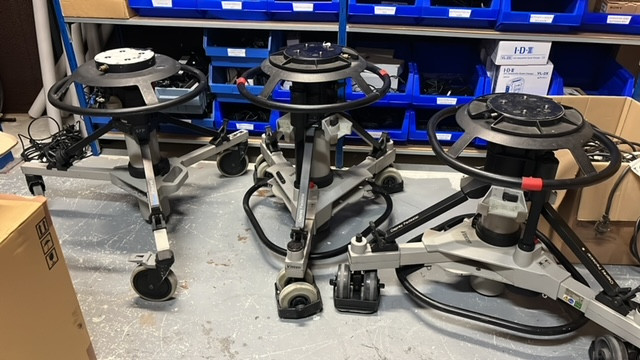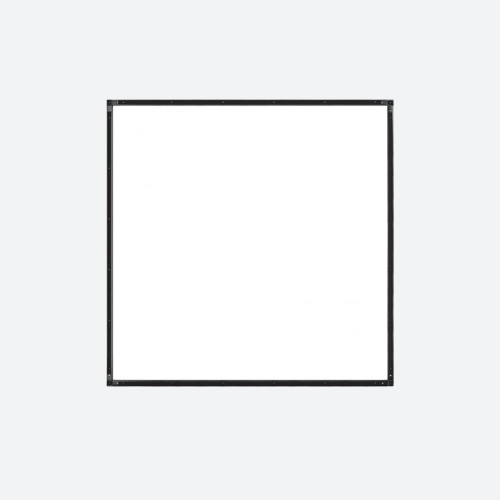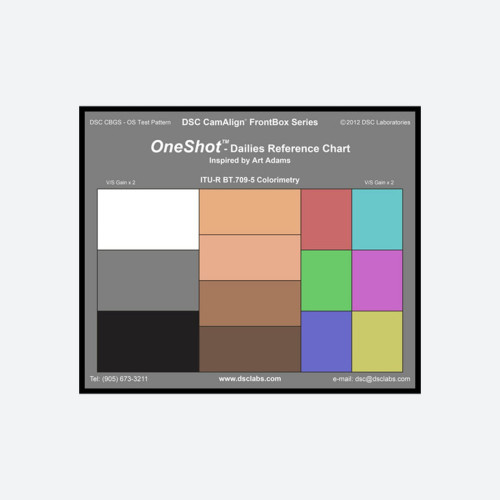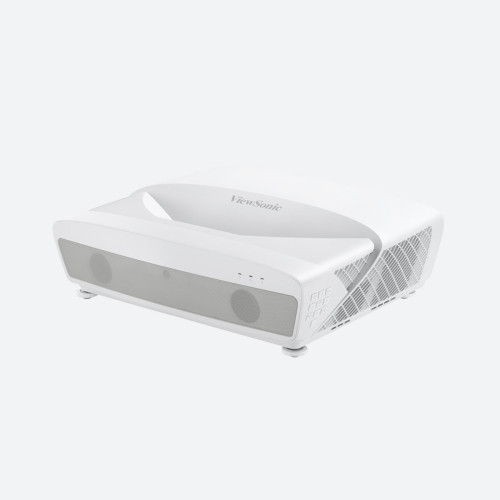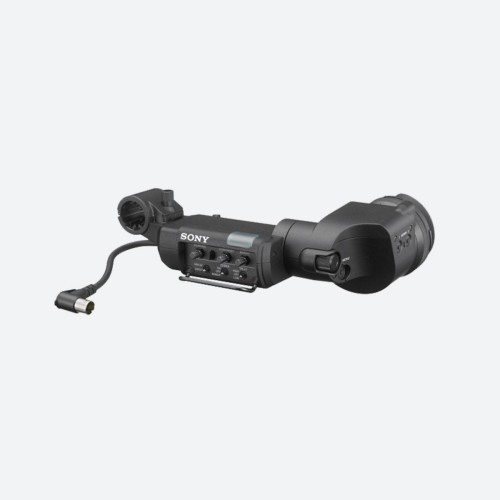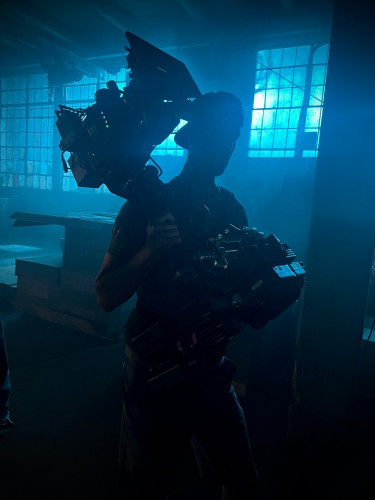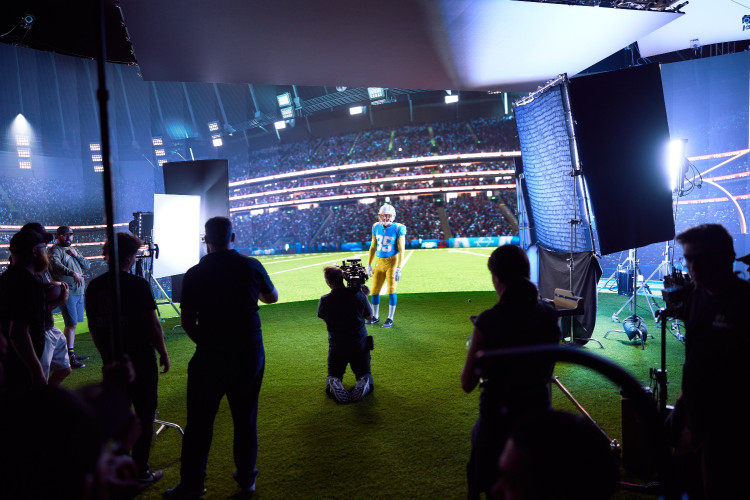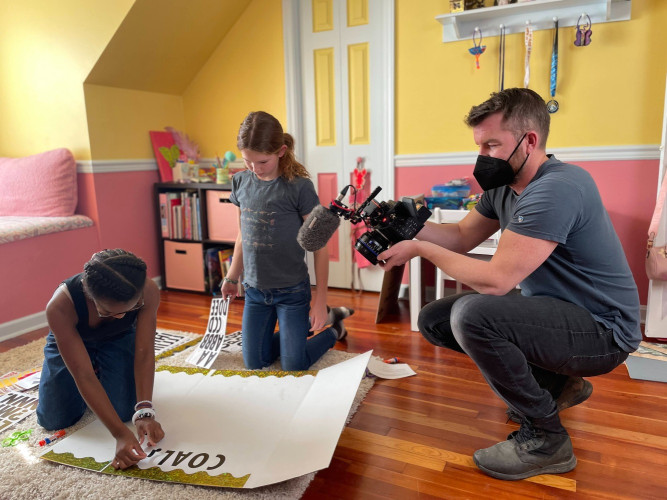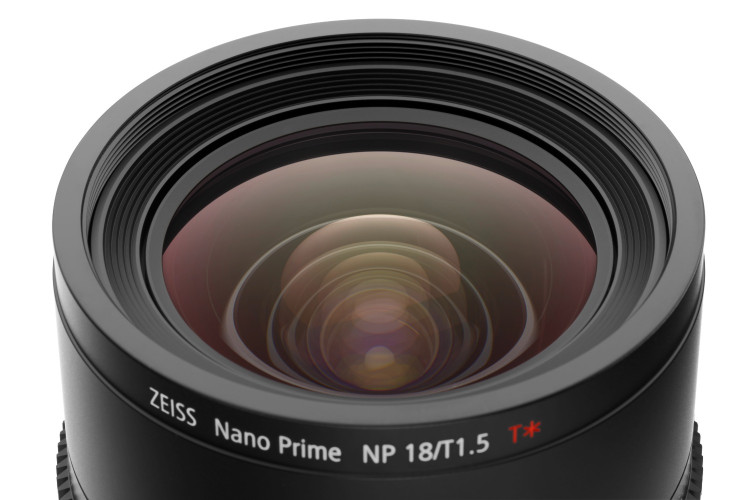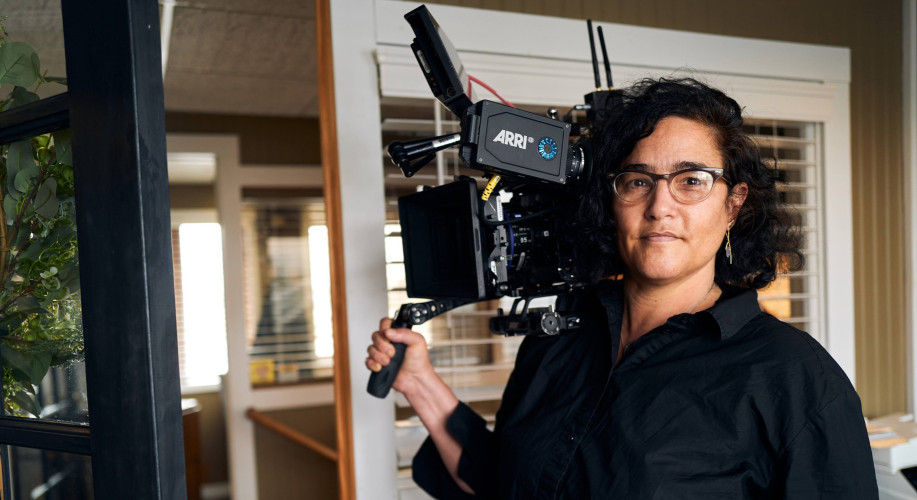Film Affect
Author: Dennis Lennie
Published 1st January 2010
As shooting on film for TV applications is increasingly being replaced with HD, there is a growing tendency for people to wish to apply film tools and methods to origination when using the electronic medium. However, unless aiming for a specific look that cannot be achieved any other way, it can prove more time consuming and costly to work this way compared to the standard EFP (electronic field production) style approach.
Electronic cameras generally split into two types defined by the sensor assembly. Let’s briefly look at the differences between them.
The majority of cameras use three CCD sensors of either 1/3, 1/2 or 2/3-inch (diagonal) size. Here the incoming image is split into red, green and blue light by prisms in the ‘CCD block’ before reaching the individual R, G and B sensors. In such cameras the optical path from the back of the lens to the sensors is quite long, and so the lens’s focal length also has to be relatively long. Most of these cameras (including Sony’s F23 and HDCAM and DigiBeta camcorders and many higher end Panasonic models) use 2/3 inch sensors and a universal lens mount commonly known as ‘B4’.
An increasing number of newer cameras (including the Sony F35, Arri D20/21 and the RED ONE) have a single-plane imaging system comprising a single-chip CMOS image sensor, of a similar size to a film frame, and are designed to accept film camera lenses (normally of the Arri ‘PL’ mount variety). Therefore, the light path and focal length is much shorter, as in a film camera. This, together with a larger image sensor size produces a major difference in handling – particularly the shallower depth of field (DoF).
Those hankering for the shallow DoF associated with shooting on film have two choices;
With a single-chip CMOS camera, ‘film’ lenses can be used in the same way as they would on a film camera.
With a three-sensor CCD camera, a film lens adaptor such as the PRO35 from P+S Technik or the MOVIEtube from Kinomatik can be used. Here the film lens is focused onto a rotating ground glass and that image is then correctly focused onto the CCD imaging system. A minor drawback of this process is that the resulting image is upside-down and the wrong-way about, but most of the higher-end HD cameras have inversion functions to correct this or it can be simply fixed in post.
One major misconception with three-sensor CCD cameras is that this shallow DoF can be achieved by using film-style lenses such as the Zeiss ‘Digi Prime’ and ‘Digi Zoom’ range. These are very high quality lenses with a price to match, but as their resolution far exceeds HD. You could spend a lot of money on a set of six ‘Digi Primes’ when a standard EFP zoom lens will give you all those focal lengths plus a smooth electronic servo-driven zoom with rocker-switch control and a positional focus servo that can be accurately remote controlled. Film-style lenses have no motors, so exposure, zoom and focus are adjusted manually. If you want to motorise these controls or add follow-focus control, you have to construct a gear and motor assembly Meccano style, attached to the matte box bars. Why not avoid the hassle, expense and time and use two HD EFP zoom lenses to cover the whole range?
PL lenses that fit the film-style digital cameras such as Sony F35, RED ONE and ARRI 20 and 21 actually look like a step backwards from the efficiency and ease of use of the B4-mount lenses. How about the lens manufacturers building a PL-mount ‘film’ lens with integral EFP-lens style servos? Then you would have the convenience, accuracy and the speed of operation, as well as being able to swiftly change lenses (well, we can dream!). As it is, opting for PL-mount lenses for a TV production is making more trouble than it’s worth.
True, there is a minor advantage of primes over zooms in that you could have an extra stop of sensitivity. But comparing a box of primes against a pair of zooms, the difference, for even for high definition TV output, would be negligible – pretty much undetectable especially after traversing the transmission path. Meanwhile, a set of primes would cost more money and a lot of time with lens changes – especially where you have to re-do the ‘Meccano’ for each lens change.
Why 24 f/s?
This gets really confusing. To start with, if we are talking television, the frame rate is not 24 but actually 23.98 f/s. Yet when it’s written on the product it often says ‘24’. But what is it actually, 24 or 23.98 f/s? For example, an XDCAM HD, EX1 and EX3 all say they shoot 24 but beware, it’s really 23.98.... and there is a difference between the two. In Europe the reality is that film-look television is shot at 25 f/s recorded as 25 PsF, which gives a film look within a 1080/50I format as there is no temporal difference between the two fields.
In the US market, things get even worse; what is commonly referred to as 60I is in fact 59.94I and all film-style programming has to be shot at 23.98f/s, because they are used to shooting film at that frame rate, and then transferring it to 59.94I using the well-established 3:2 pulldown technique for NTSC or HD. In the days before quality electronic standards conversion, this also allowed the film material to be telecined fast, at 25 f/s, for the European market. When shooting HD, most VTRs can make the same speed change. The logic is that this avoids standards conversion, as we still see the material frame-for-frame. So it’s true, we do see the highest quality. The current use of standards is illustrated by the new Sony DVW790 Digital BetaCam camcorder where the European version shoots 50I or 25PsF whereas the US version shoots 59.94I or 23.98 PsF with integral 3:2 pulldown to 59.94I.
Sony is the worst culprit I know of for miss-labelling frame rates. When they refer to ‘24’ you don’t know if it’s really that or 23.98. Cameras like the Sony HDWF900R will shoot genuine 24 but their PDW and PMW cameras together with the JVC GYHD series camcorders shoot only 23.98. It’s the same when they refer to 50/60 – in most cases it’s actually 50/59.94. But there is a true 60 f/s format contained in the original ATSC HD standard and the first Sony HD cameras were launched to meet this. The idea was that true 60 f/s would get away from drop-frame timecode and the VTRs would output this as 60 or 59.94 if required, and vice versa. However it seems that the non-drop-frame frame rates (24, 30 and 60) were not considered to be easily backwards compatible with the existing NTSC (drop-frame) transmissions standards – introduced in 1953 and, ironically, probably never really needed. So the newer digital transmissions had to use drop-frame too for HD/SD simulcasting legacy compatibility...
Drop-frame rates, only widely used in NTSC countries, leave plenty of room for error – especially if you are not used to it. Just one example I hear often is people believing that they are shooting at 24 but don’t realise that the camera is actually shooting 23.98. This is fine until they find that the sound won’t sync in post as the sound recordist recorded at true 24f/s timecode.
There should be more training and information available with regard to frame rates and the use of HD standards. Unless it is for cinema, why, in Europe, do you need to shoot 24, or 23.98 anyway? Apart from everything else, shooting those rates here can produce a 1 Hz flicker as the frame rate beats with the 50 Hz power frequency when using mains powered ‘available’ lighting. The resulting 1 Hz flicker often goes unnoticed as it can be masked by the persistence of LCD monitors and is difficult to correct in post. When shooting in these circumstances, a CRT or even an OLED monitor can be invaluable – if you can find one.



